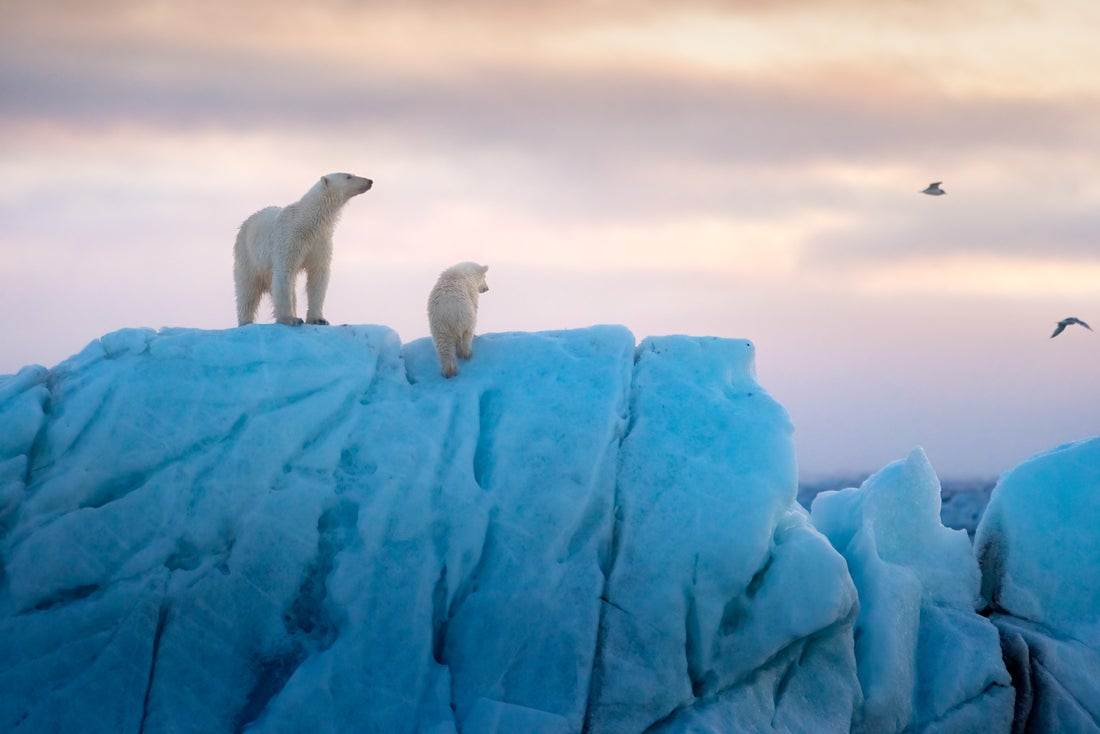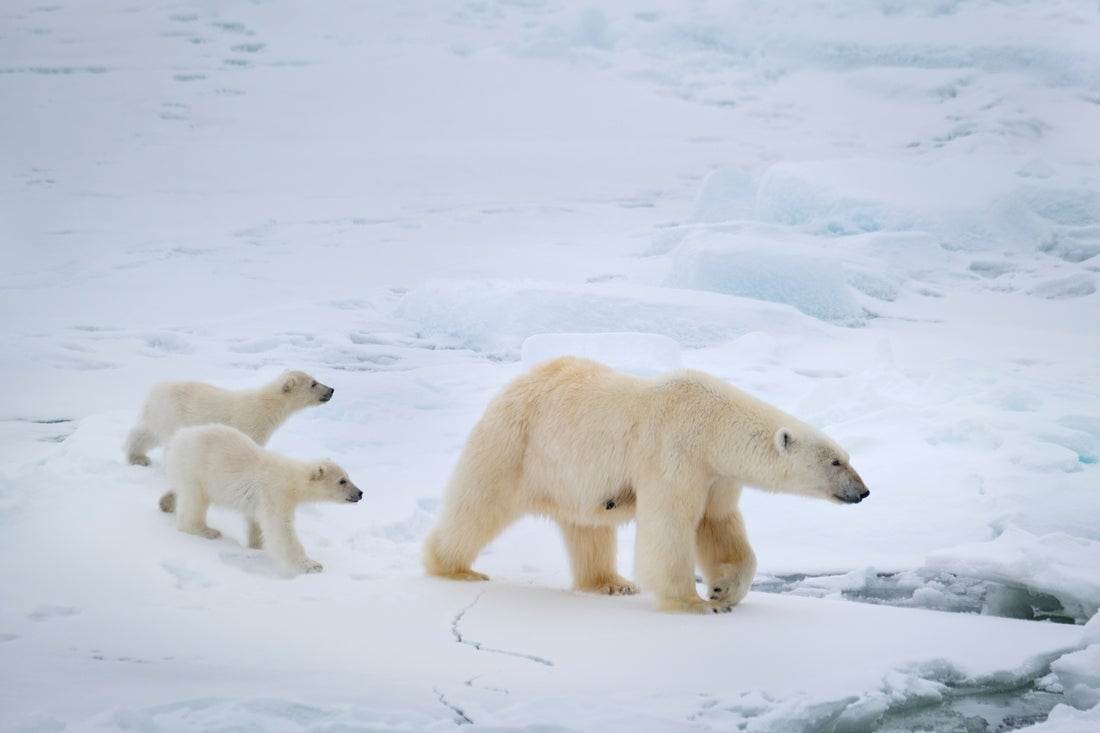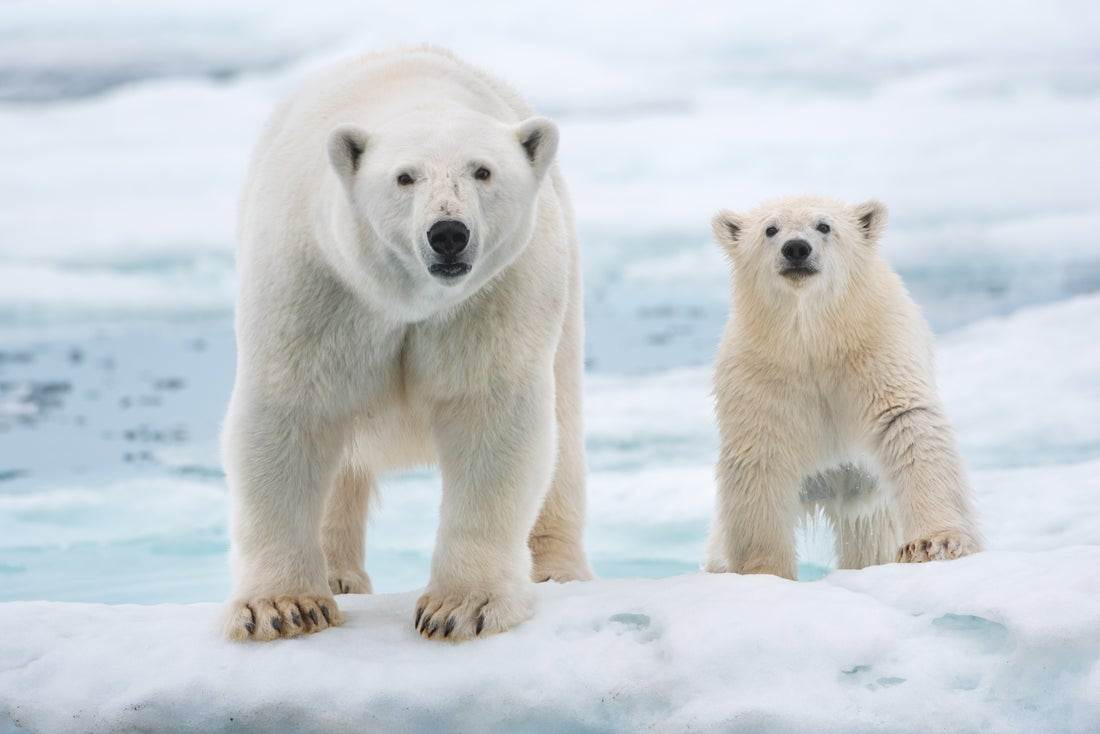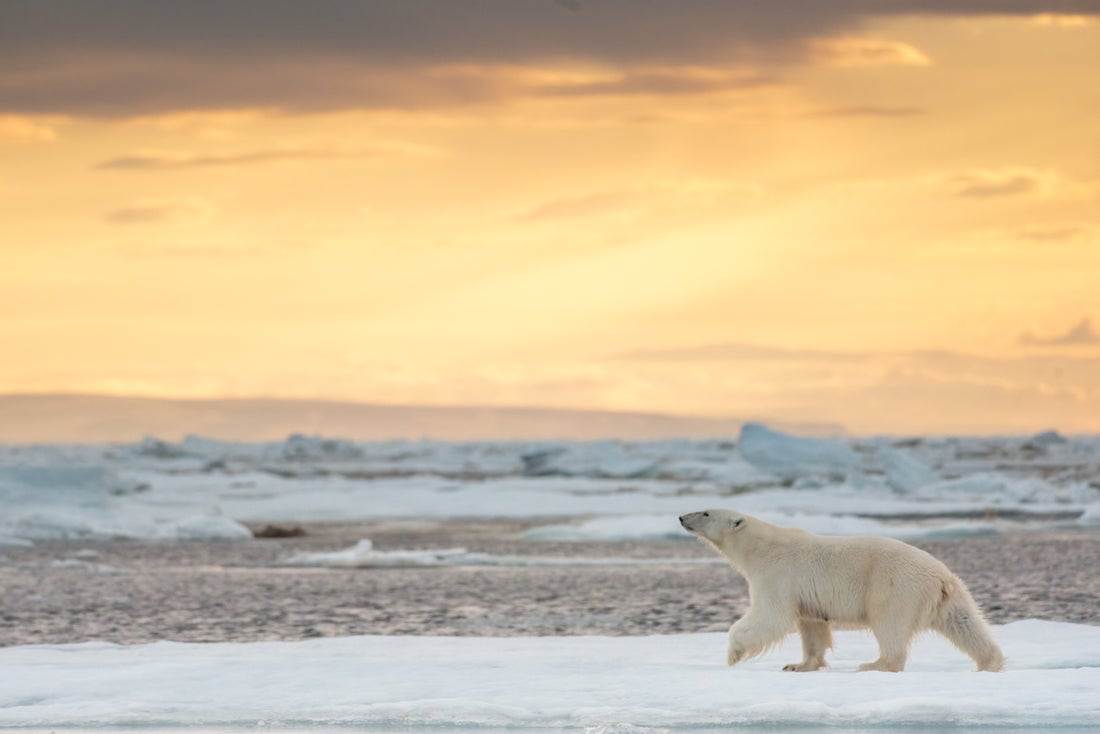On April 22nd — just in time for Earth Day 2022 — a brand new film from Disneynature called Polar Bear will debut on Disney+. Set in Svalbard, Norway (which is 650 miles from the North Pole), the film is about a polar bear family and a young cub as she grows up. As a lifelong polar bear fan myself, I was extremely excited to be able to see a preview of this film. What’s more, I also had the opportunity to conduct a short interview with the directors Alastair Fothergill and Jeff Wilson and ask a few questions about the project.
Before getting to the film itself, the first question I asked was about how long it takes for a polar bear to grow to adulthood. The answer? It takes about six years and the average lifespan of a polar bear is 20 years. On that note, I was also curious about what age range of humans the filmmakers intended this movie to reach — to which they shared that they tried to communicate with an audience that ranged from four to 100.
Like me, Fothergill is also a big-time polar bear fan. In fact, the director apparently pitched Disneynature about making such a film multiple times, starting about a dozen years ago. Speaking to what it is about polar bears in particular that made him want to create this film, Fothergill stated, “I’ve always known that polar bears would deliver—they’re unbelievably beautiful creatures and simply dominant in their habitat.” He continued, “And the landscape is amazing; it’s second to none. Plus, polar bear cubs just might be the cutest cubs on the planet, which is perfect for Disneynature.”
Unfortunately, one of the challenges that comes with making a film about polar bears doesn’t stem from the creatures themselves but from the environment. While these animals are also referred to as "ice bears," with less and less ice on the planet, it’s making it difficult for the species to survive. According to Fothergill, these issues have also been progressing rapidly, explaining, “[W]hen we first pitched the film, we weren’t expecting it to have an environmental component because we didn’t know at the time how much climate change would affect the Arctic. We always knew it was happening faster in the Arctic than anywhere else in the world, but we didn’t expect it to be quite as drastic as it is.” As a result of these changes, the filmmakers were also about to capture some of the ways polar bears have been able to adapt.
Speaking of challenges, it turns out that filming in the arctic isn’t exactly a cake walk. In order to ensure that they’d be able to complete the project and get the footage they needed, the crew set up an “environmentally friendly, self-contained, sled-mounted mobile camp.” This unit came complete with a kitchen, sleeping accommodations, and more. Director Jeff Wilson elaborated on the unique abode, noting, “It had its own heat, generated its own water, gave us protection from the bears and allowed members of our team to survive for up to four months.”
Make no mistake that Polar Bear is every bit as cute as past Disneynature films — honestly, there's nothing like seeing a polar bear cub roll around in the snow and play. Nevertheless, the film has some important and universal themes. As producer Roy Conli put it, “I think this film is about resilience. It’s about striving to overcome odds. It’s about a commitment to our planet—to protect these environments and the species that call them home.” In other words, Disneynature’s Polar Bear is the perfect film to watch this Earth Day.




